What Do Starlings Eat? 15 Common Foods (with Pictures)
Last Updated on
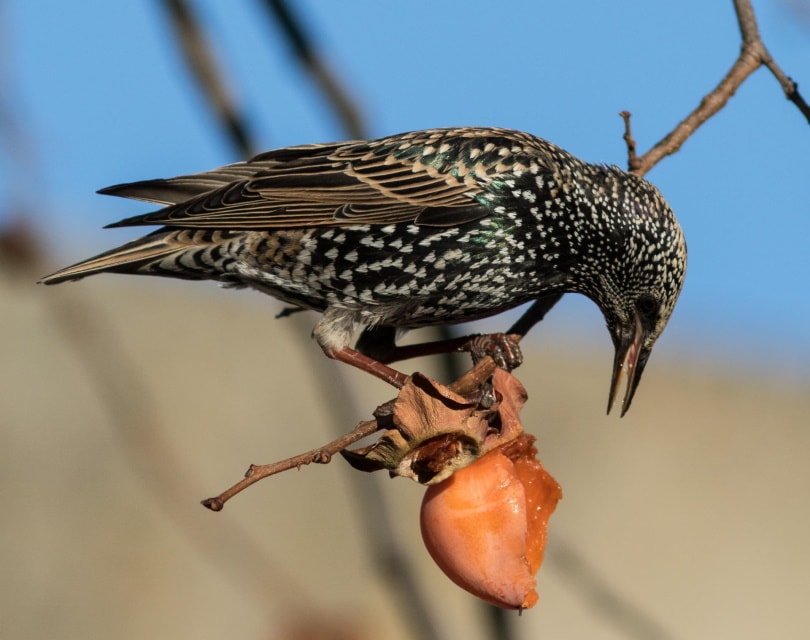
As a frequent bird seen in the United States, starlings are a favorite to many birdwatching enthusiasts. Their dotted patterns make them eye-catching critters, and they have a variety of colors on their feathery bodies. However, when it comes to their diet, there’s quite a lot to discover. Keep reading to learn what you need to know!

The 15 Common Foods that Starlings Eat
We’ve gathered 15 common foods that starlings eat and broke them down into three groups:
Fruits and Berries
1. Berries

First on our list for starling foods are berries. There are many kinds of berries that this species adores, but they will not shy away from mulberries, blueberries, elderberries, and blackberries. If you have already got some berry bushes outside of your house, this will be the perfect setup to attract starlings. Those without bushes in their backyard can grab some produce from the store and see what happens. They live in urban areas quite often, so you shouldn’t have a problem finding them throughout the states.
- Can be found in the wild
- Available in stores
- Good source of vitamins
- Easy for birds to forage
- Expensive
- Not high in protein
2. Apples

Starlings can be seen picking at fallen apples in orchards. However, their beaks aren’t the strongest, so they usually have to aim for apples that have rotted for a while. Giving a starling an apple straight out of the grocery store isn’t the best idea. Slice the apples into pieces before attempting to feed them in your backyard to prevent any apple skins from interfering with their meal. Smaller, softer apples work the best for this.
- Easily available
- Cheap
- Must be sliced
3. Grapes/Raisins
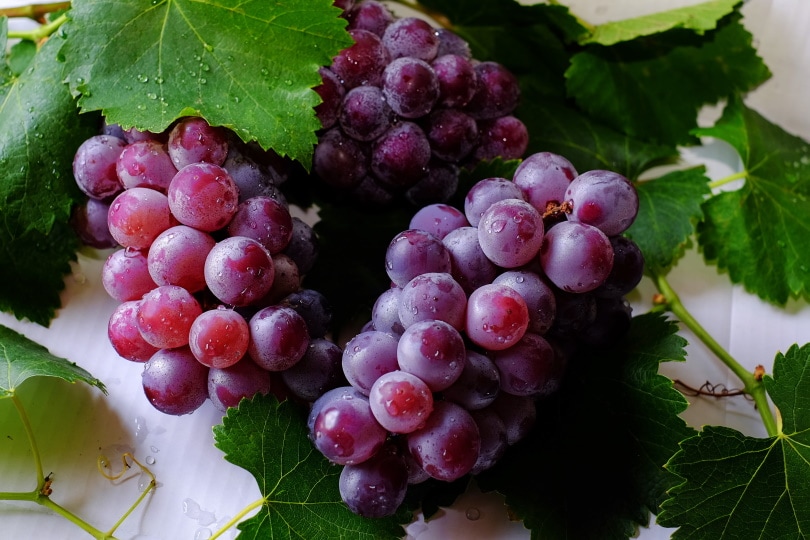
Who doesn’t love grapes? Starlings are known to love mowing on grapes or their dried-up variety. In fact, raisins might be a better choice if you want to give them something to eat, as they are much smaller and easier for them to pick out. Keep in mind that normal grapes may be too tough for these birds to eat. You may need to slice them up, as we mentioned with apples.
- Small and easy to give to starlings
- Available in stores
- Cheap
- Grapes should be chopped up
- Not the most nutritious
4. Pears

Pears aren’t a bad choice either. They provide similar nutritional value as apples, and the same rules apply: you’ll want to slice up this fruit for the best results. Plums aren’t as common as other fruits, so you may be out of luck if your area doesn’t carry this type of produce during all seasons. Still, it’s a good choice if you want an apple alternative!
- Available in stores
- Softer than apples
- Pears may not be available year-round
5. Plums

Another great fruit that starlings can have is the plum. Plums are super soft and mushy, so they have a lot of benefits compared to other fruits. You might be able to try dried plums too, but they might not have the same sugary flavor that birds will be attracted to. Plums are super cheap and have a ton of vitamins. However, they might not be available in certain areas during the wintertime.
- Soft
- Cheap
- Nutritious
- Availability may vary

Grains, Seeds, and Nuts
6. Sunflower Seeds
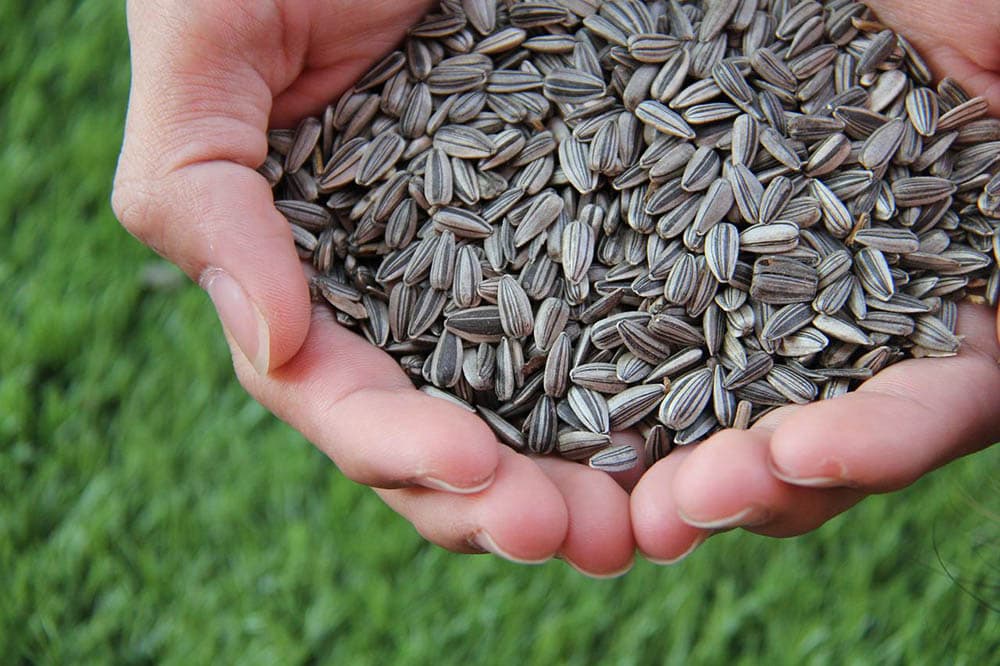
The classic sunflower seed bag is one food that you can’t really go wrong with. They’re cheap and readily available, and all types of birds are obsessed with them, including starlings. One thing we should say is that you might want to break open the shell for each individual seed. This is due to the fact that starlings aren’t as accustomed to breaking seeds or nuts compared to other species.
- Cheap in bulk and always available
- Birds love them!
- You may need to break open each individual husk
7. Peanuts
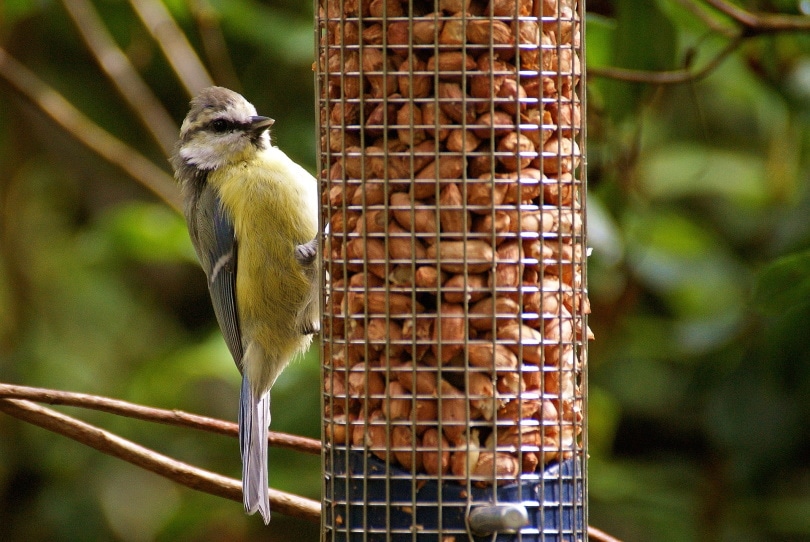
Peanuts are another good option for those who want to know about the starling diet. This legume has a ton of protein and is easy to find in stores. Just be sure to buy peanuts that have already been removed from their shell, and remember to buy peanuts that are unsalted! Starlings will have quite a lot of trouble otherwise, but luckily this should be easy to administer.
- Available in stores
- High in protein
- Can’t be given without removing the shell
- Somewhat expensive
8. Rice

A popular grain for all sorts of animals, rice is a basic but worthwhile choice for those who want easy, reliable food to feed starlings. It’s probably the cheapest thing we’ve got on our list, so it’s something that everyone can try. It would be hard not to find a huge bag of it at the local grocery store, so there’s no excuse here! The small size of rice makes it a perfect choice for a starling to swoop in and snatch a few pieces.
- Small
- Cheap
- Easily available in stores
- There are healthier options
9. Oats

Oats are your best alternative to rice if you want something a bit healthier. Starlings should be fine eating a decent portion of raw oats, and they aren’t a challenge to find in stores either. Oats are quite small, and you can get them in a soft form, so that helps a lot with starlings’ digestion. They can be slightly more expensive than rice, but we think they are worth it overall.
- Small
- Soft
- Relatively cheap
- Easily available in stores
- More expensive than rice
10. Millet

Millets are extremely small and can be bought in large quantities, making them a great option for a healthy snack for starlings. Originating from grassy vegetation, millets have a lot of nutritious value and are potentially a better option than oats due to their small, bite-sized pieces. It’s no question that nearby starlings will come flocking for this treat. But there is one problem with it: the grains are so small that they might fall through the holes of some feeders. In this case, you may want to use an open-feeder with a bowl shape or even set them out on a bench for the best results.
- Healthy
- Small
- Maybe too small?
- Expensive

Insects and Bugs
11. Caterpillars

Natural food for starlings, caterpillars are soft, squishy bugs that starlings will be more than happy to hunt down. Due to their size, they have a lot of protein that helps keep starlings growing, and they may even bring some back for their young. Caterpillars are found everywhere on the ground or in trees, but you can’t exactly buy them. However, it is possible to gather them and put them in a small insect cage to attract starlings even closer.
- Protein-rich
- It’s their natural food in the wild
- Soft and easy to digest
- You’ll need to gather them in the wild
12. Flies

Flies are all over the place. With so much variety, it’s hard to say how many kinds there are. Flies aren’t exactly the easiest or best option to feed to starlings because they can be difficult to catch. They are best observed from a distance while starlings hunt them down for a quick bite. They don’t have too much nutritional value either because of their size. However, some larger flies may provide more.
- It’s their natural food in the wild
- There are a lot of them!
- Difficult to catch and feed to starlings
- Not much protein
13. Mealworms

One great option to give to starlings is mealworms. Found in most pet and retail stores across the country, mealworms are readily available and have lots of health benefits. They’re high in protein and are similar to earthworms, one of the starling’s favorite foods. They are a bit gross though, so be ready to handle some squirmy worms!
- Nutritious
- Available in stores
- They can be expensive
14. Moths
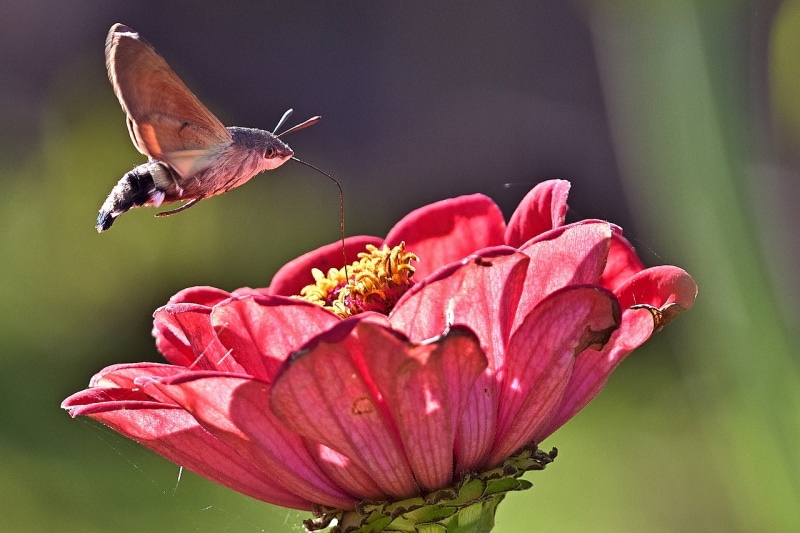
Moths are plentiful in any time or place, but they are far easier to spot during the night in conjunction with bright lamps and lights. Starlings can be found foraging for moths during all sorts of periods, but the summer may make them stay awake for longer and therefore look for more moths. If you have the desire to scoop some up for yourself, it’ll be an effortless job if you set up a light and snatch them in handfuls.
- They’re everywhere!
- It’s a natural food for them
- Not the cleanest option
15. Earthworms
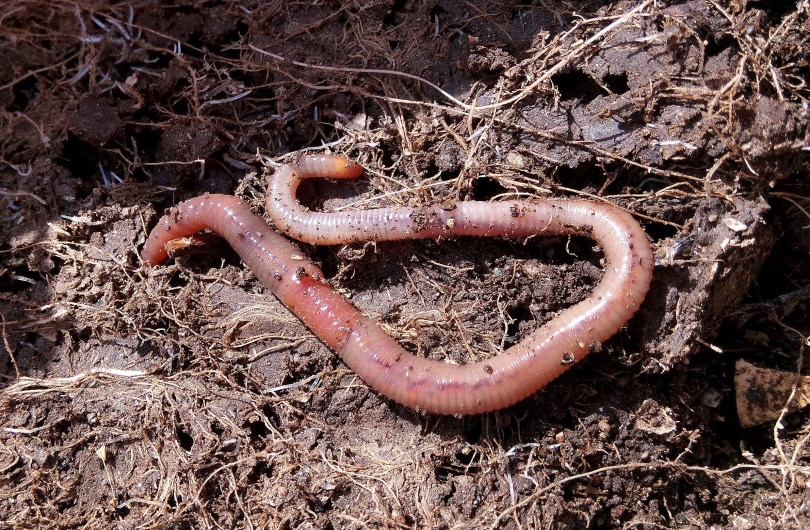
Last but not least, night crawlers are a favorite meal for countless birds. With their natural abundance and soft, meaty texture, starlings will be lined up if they see these in their sights. Luckily, you can pick up a container of worms at a fishing store, or you can lift up some logs and rocks and collect a batch yourself. Either way, they make for a perfect starling snack!
- It’s a natural food for them
- Available in stores
- High in protein
- Not easy to find in dry climates

Final Thoughts
Although starlings prefer a meaty, insect-powered diet, there are quite a few kinds of foods that they will still eat. Some people may see the starling as a pest, but some think otherwise. If you want to attract one to your backyard or feed one in your local park, these 15 common foods should give you a great head-start.
Featured Image Credit: JCLeroi, Pixabay
About the Author Robert Sparks
Robert’s obsession with all things optical started early in life, when his optician father would bring home prototypes for Robert to play with. Nowadays, Robert is dedicated to helping others find the right optics for their needs. His hobbies include astronomy, astrophysics, and model building. Originally from Newark, NJ, he resides in Santa Fe, New Mexico, where the nighttime skies are filled with glittering stars.
Related Articles:
Monocular vs Telescope: Differences Explained (With Pictures)
10 Types of Hummingbirds in Arkansas (With Pictures)
8 Types of Hummingbirds in Nebraska (With Pictures)
5 Types of Hummingbirds in Idaho (With Pictures)
3 Types of Hummingbirds in Mississippi (With Pictures)
8 Types of Hummingbirds in Kansas (With Pictures)
5 Types of Hummingbirds in West Virginia (With Pictures)
5 Types of Hummingbirds in Ohio (With Pictures)
